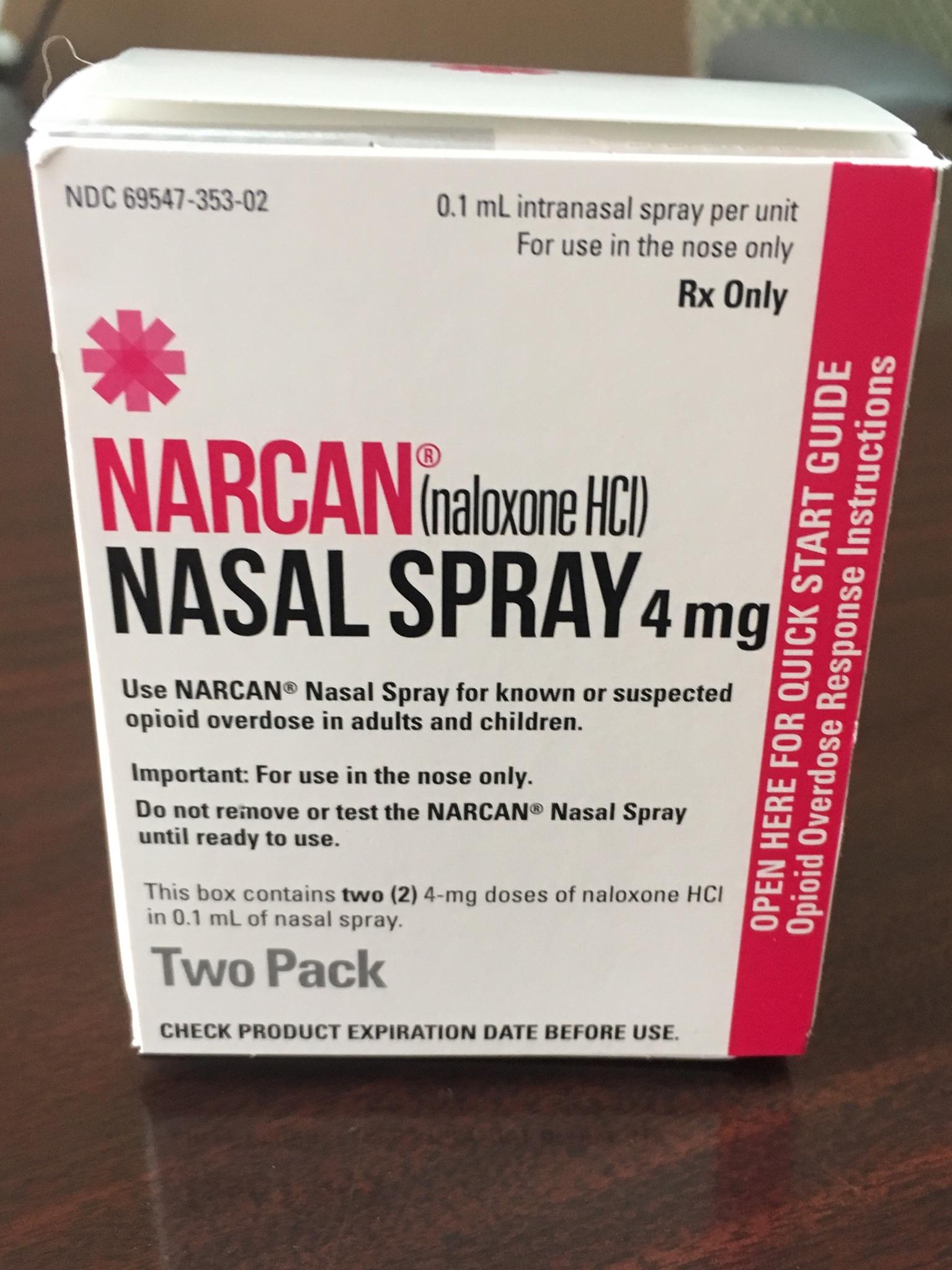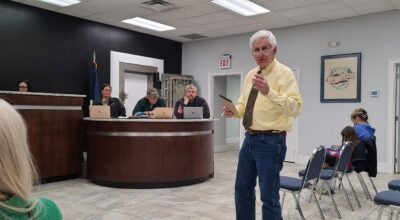Free event will address two pandemics — COVID-19 and drug overdoses
Published 1:00 pm Friday, April 30, 2021
A free event planned next week will help fight the two pandemics now plaguing Boyle County — COVID-19 and drug overdoses — plus a free meal will be served.
On Monday, May 3, at Vision Church of Holiness, located at 704 Holiday Drive in Danville, 40 doses of the Johnson and Johnson COVID-19 vaccine will be administered by the Boyle County Health Department, to those who want a vaccine, from 4:30-5:30 p.m. on a first come, first served basis.
Overdose response training will be provided and free Naloxone (Narcan) will be distributed between 5:30 and 6:30 p.m.
And, those who participate will also receive a free boxed dinner by Dunn’s BBQ & Catering.
You must register via email or call: kathy.miles@centre.edu: (859) 516-5384.
“The message we are trying to get out is that we have really been in two public health pandemics – COVID, and the epidemic of drug overdoses that has worsened during COVID,” said Coordinator of the Boyle County Agency for Substance Abuse Policy (ASAP) Kathy Miles. “Both need to be addressed. Getting a vaccine and learning how to save a person’s life from an overdose are both health prevention strategies.”
The free Narcan is being funded by the University of Kentucky Healing Communities Study Boyle County office. “And, we’re grateful that Vision Church of Holiness and United for Change are partnering with us,” Miles said.
“We’re hoping that maybe someone will come for one part of it, and decide to do both while they are there. We’ve not heard of any other Kentucky organizations that have combined vaccines with overdose training and Narcan,” Miles added.
At the event, there will also be information on treatment and recovery resources, and Casey’s Law will be explained. Also, Anthem Medicaid will be on hand to answer Medicaid questions, Miles said.
“ASAP is going to continue to look for ways to reach out and be more inclusive, and more creative about breaking down barriers to prevention, and barriers to people receiving the help they need for substance use problems.”







